Does Stalin’s right-hand man deserve a monument in Yerevan?
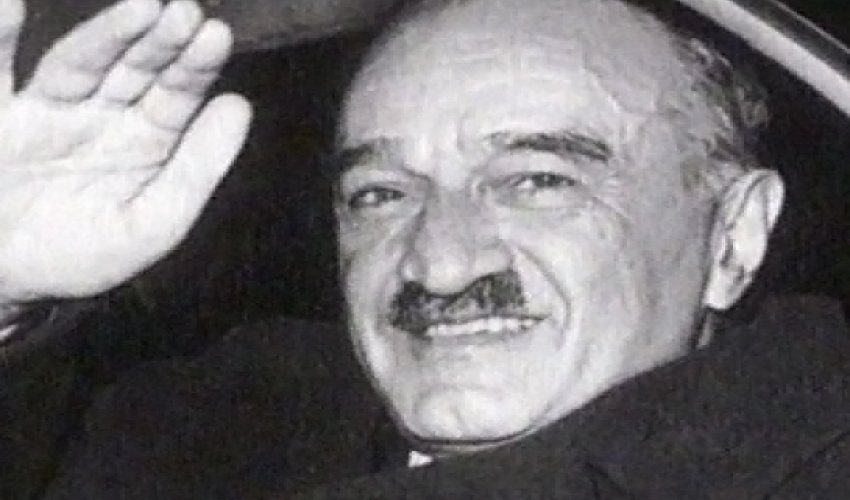
Armenians are known for their desire to sell their criminals and killers as heroes. If an Armenian kills Turks, he is a national hero. Armenian girls hang portraits of these “heroes” over their beds.
While the entire world knows Andranik Ozanyan as the man who masterminded mass killing of Muslims in Turkey and Azerbaijan, he is a national hero in Armenia. Streets have been renamed after him and his busts erected in many towns across the country.
The same can be said about Monte Melkonyan, an international terrorist who blew up the Paris airport and carried out a series of horrible attacks against Turks.
Melkonyan was declared a national hero in Armenia after being killed in a shootout with Azerbaijani forces in Agdam in 1993. Schools and streets were named after him in Armenia. He had his busts erected across the country.
Armenians have now turned their attention to Anastas Mokoyan, one of Josef Stalin’s henchmen. A street in Yerevan has recently been renamed after him.
It seems that the neighboring country has a state program for honoring bloodthirsty Communist leaders of Armenian origin.
In the past month or so, Armenians have been hotly debating whether or not they should erect a monument to Mikoyan, who was involved in Stalin’s purges of innocent people. He was also personally involved in the mass killings of Polish military servicemen during WWII.
Some Armenians do not like the idea of erecting a monument to Mikoyan.
While Armenians were discussing whether the decision of the Yerevan municipality to permit the erection of a monument to the Soviet leader was right, the section of the Armenian capital stretching from the Davtashenskiy bridge to Yegvardskiy highway was unexpectedly renamed after Anastas Mikoyan, according to Armenian newspaper Yerkramas.
If Armenians are to follow their own tradition, they have to build two monuments to Mikoyan. The number can grow to even three and four given that Mikoyan was not only Stalin’s right-hand man but also fought against Turks as a soldier in Andranik’s forces.
According to historian Armen Anastasyan, Anastas Mikoyan joined Andranik’s detachment as a volunteer in November 1914 and fought against Turks until April 1915, when he fell ill and was hospitalized.
In an article published in Yerkramas, historian Anastasyan reveals interesting details about Mikoyan’s life and work in Moscow.
For instance, he says that Nariman Narimanov, one of the leaders of Soviet Azerbaijan, demanded in 1920 that Russia recognize the Soviet Socialist Republic of Azerbaijan as an independent state. Mikoyan opposed the idea and even scuffled with Narimanov in the Kremlin.
The issue was debated at the Caucasus Regional Committee of the Russian Communist (Bolshevik) Party but was never made public. Mikoyan won the case as Azerbaijan was no longer an independent state by the time Russia and Turkey signed a peace agreement, according to Olga Shatunovskaya, a secretary of Stepan Shaumyan.
Mikoyan organized the deportation of more than 200,000 Azerbaijani Turks from Armenia between 1947 and 1952. Azerbaijani Turks were resettled in lowland areas of Soviet Azerbaijan. It was the first act of genocide against Azerbaijani Turks in Armenia. The plan was to drive out Turks and bring in Armenians from abroad.
More deportation of Azerbaijani Turks followed between 1987 and 1990 when nearly 200,000 people were forced to leave their homes.
At the beginning of the 20th century, Azerbaijani Turks made up 43 percent of the population in the territory that is known today as the republic of Armenia.
As a deputy chairman of the Council of Ministers of the Soviet Union, Mikoyan was personally involved in stirring ethnic strife between Armenians and Azerbaijanis, provoking separatism in Karabakh under Soviet leader Nikita Khrushchev, says Anastasyan.
Mikoyan helped resolve the Caribbean crisis, thus avoiding a first (and probably last) nuclear war between the US and the Soviet Union. But he incited the Karabakh conflict, which later served as a detonator that destroyed the Soviet Union from within.
Kamal Ali
Bakudaily.az
Latest news 
More news 
























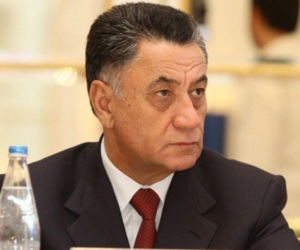

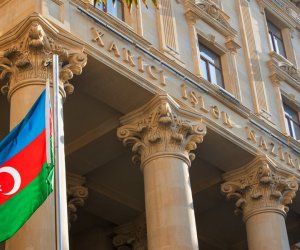

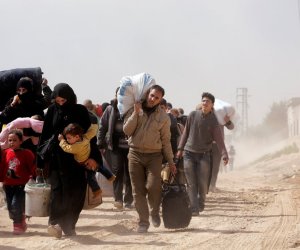
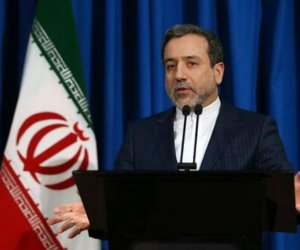

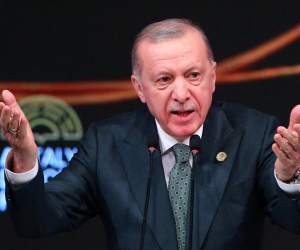
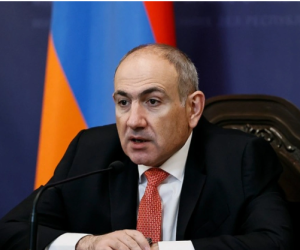


 Photo
Photo 



 Video
Video 

